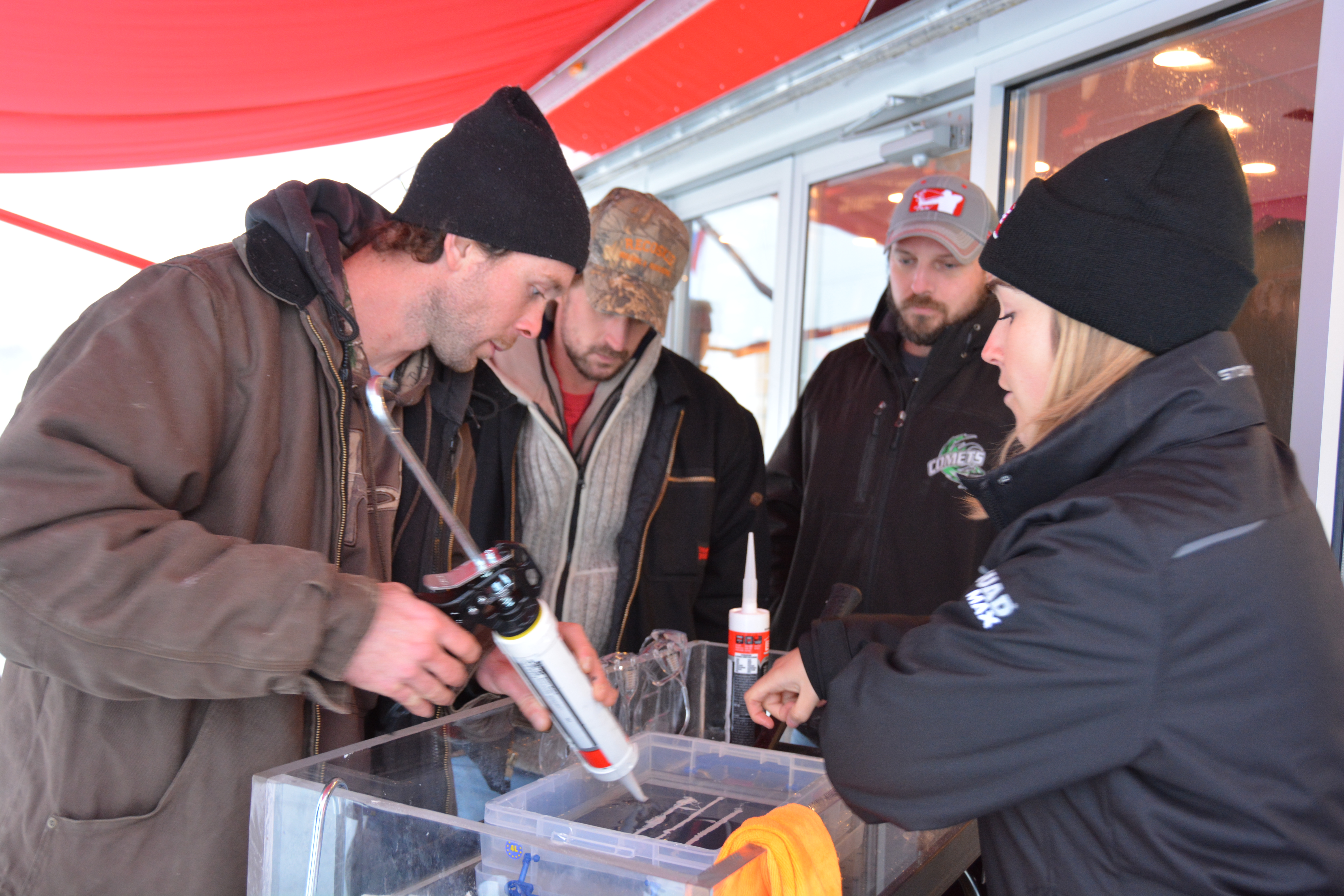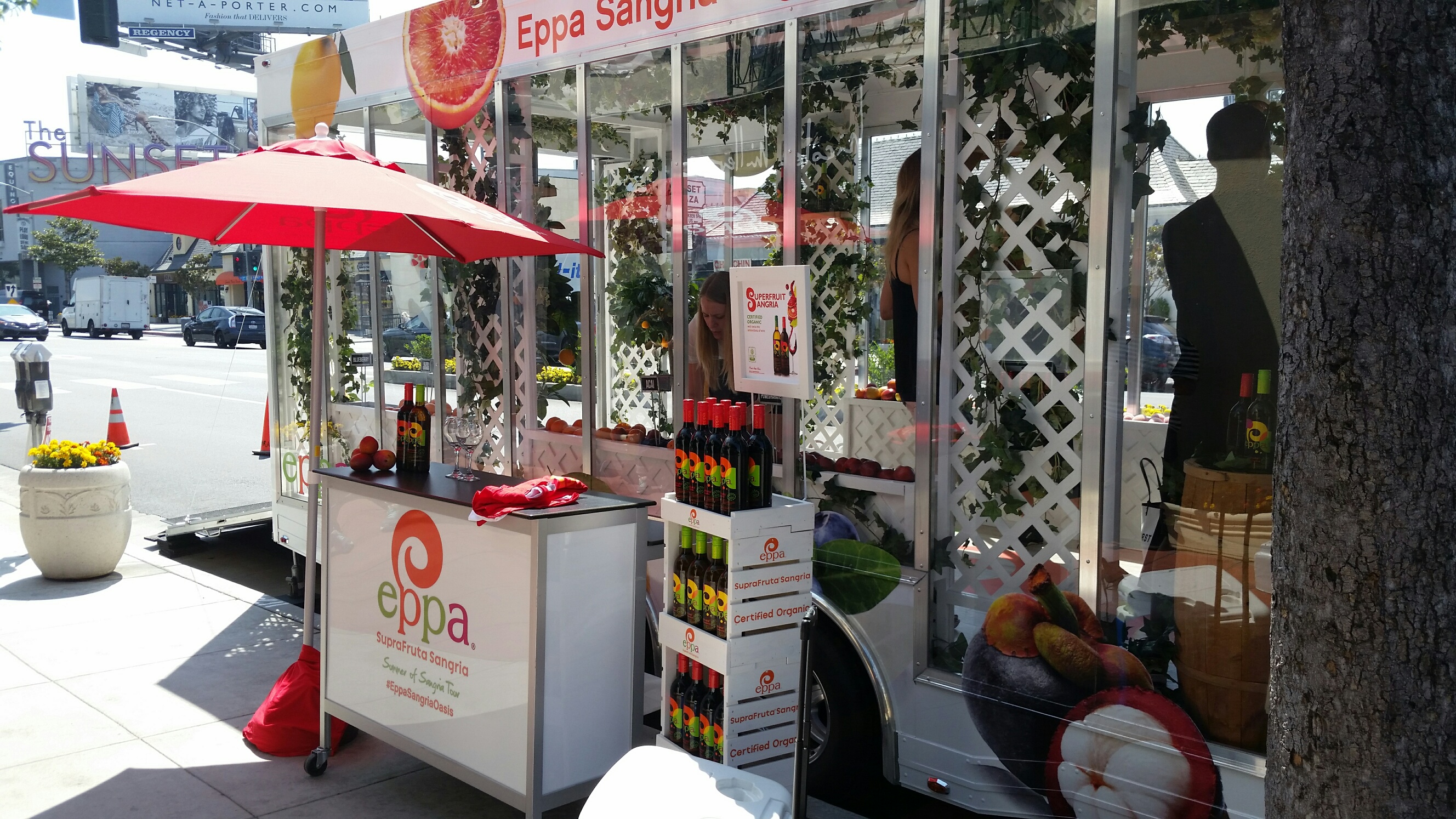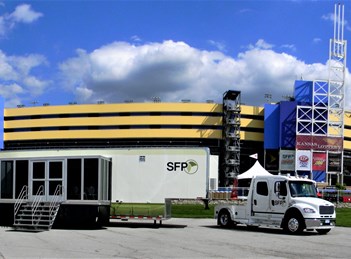
Sampling Tour Tips: Taking Your Products Mobile
It seems the “try before you buy” sentiment amongst consumers is still alive and well, meaning those finding the most success are companies that provide unique product sampling opportunities. Adding an experiential element to your sampling campaigns, such as a mobile sampling tour, can help to elevate your experience and create better bonds with consumers. However, how do you ensure you’re creating the right visitor experience? Here a few tips on how to plan a successful mobile sampling tour that will deliver results.
Understand Your Audience and Key Markets: A mobile tour provides major flexibility as it can travel practically anywhere and most importantly directly to your key markets and target consumers. By understanding audience behaviors, profiles, and habits you can get your brand and product samples in front of the right people, in the right locations and key markets ensuring more impactful and long-lasting connections.
Create a Fully Branded, Immersive Experience: Your mobile tour vehicle offers a fully branded, customized environment meaning you can control the messaging. A sampling tour of course is centered around providing visitors samples of your products, but you can push the experience even further with hands-on interactives, fun extra elements like games and giveaways, social media kiosks and more. By creating a unique, one-on-one experience, you are more likely to leave a lasting impact on consumers and stay top of mind.
Choose Knowledgeable Brand Ambassadors: Your mobile vehicle is just one component of your tour; the real success comes from engaging with visitors in a meaningful way during your event. For this reason, brand ambassadors are a vital factor when it comes to turning attendees into loyal customers. When staffing your mobile tour, you’ll want to ensure your brand ambassadors are knowledgeable about your products and brand so they can provide more than just samples. A sampling event is a great way to educate consumers on how your products are made, why they matter and why they’re relevant.

















